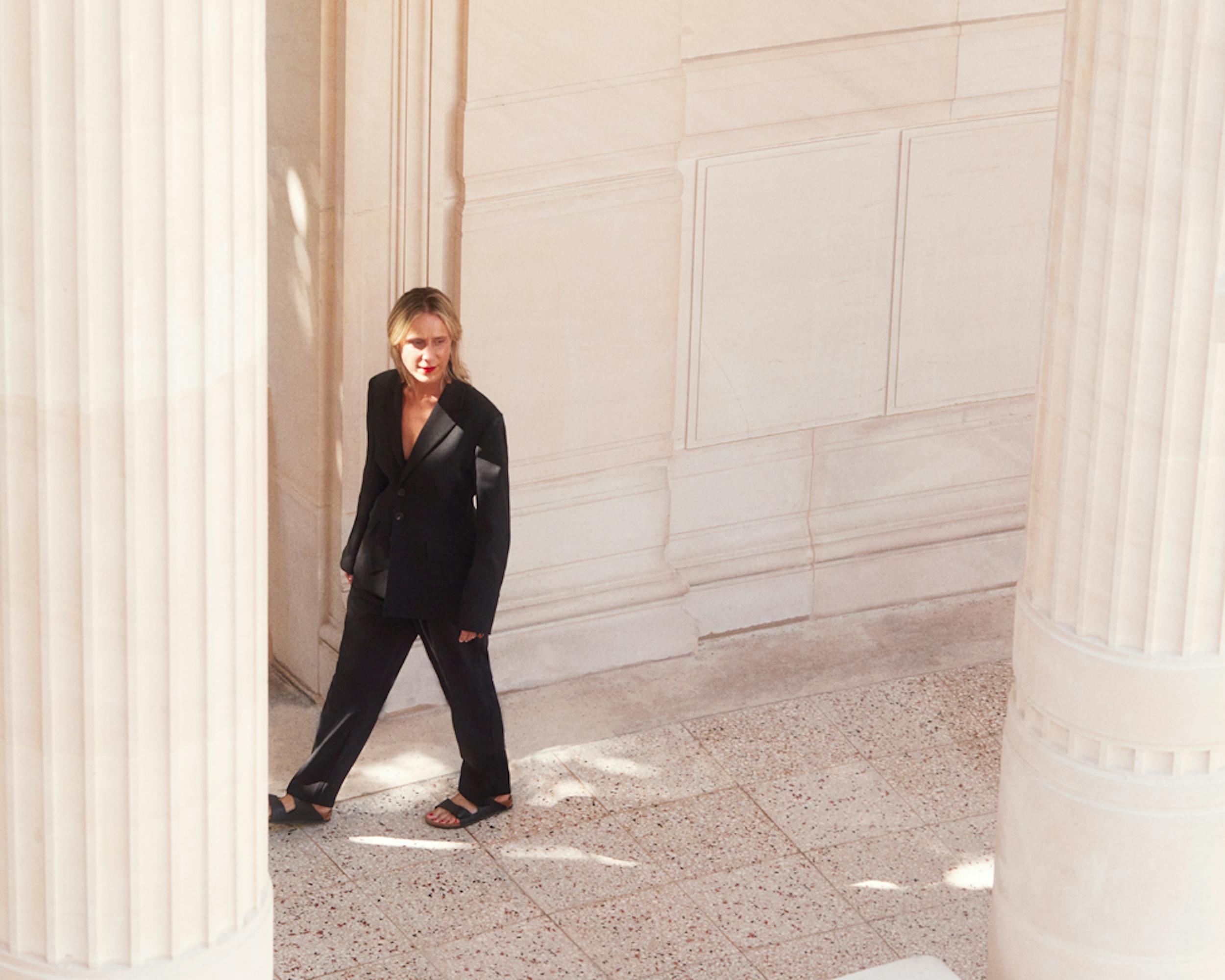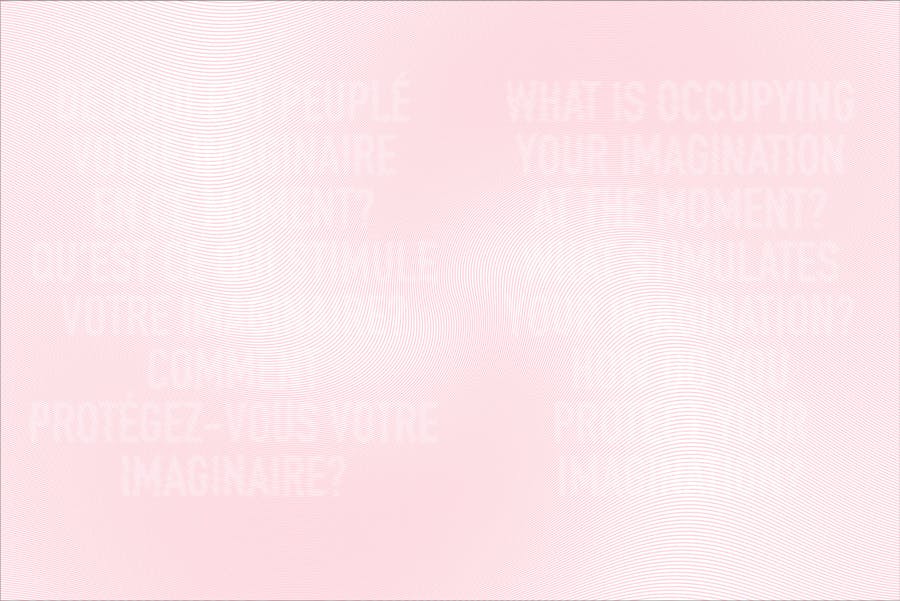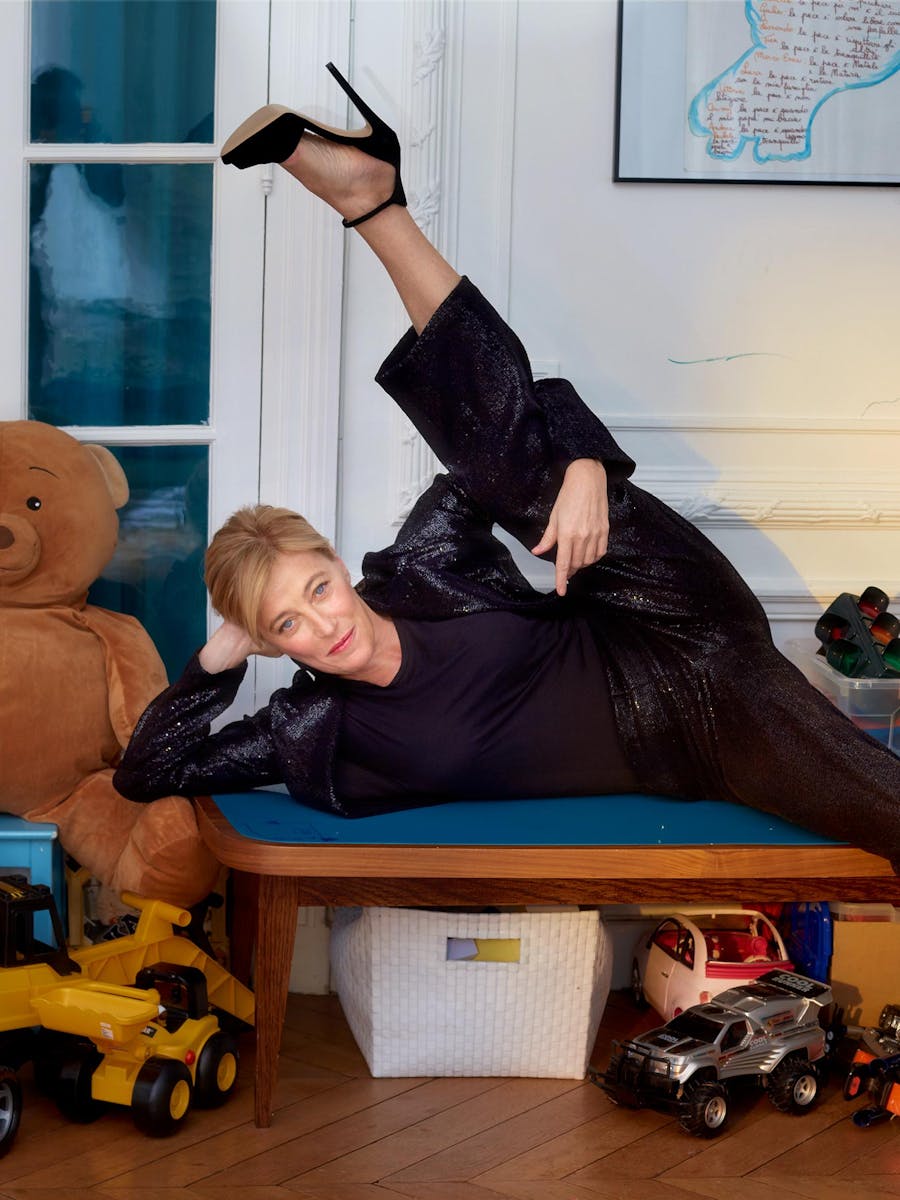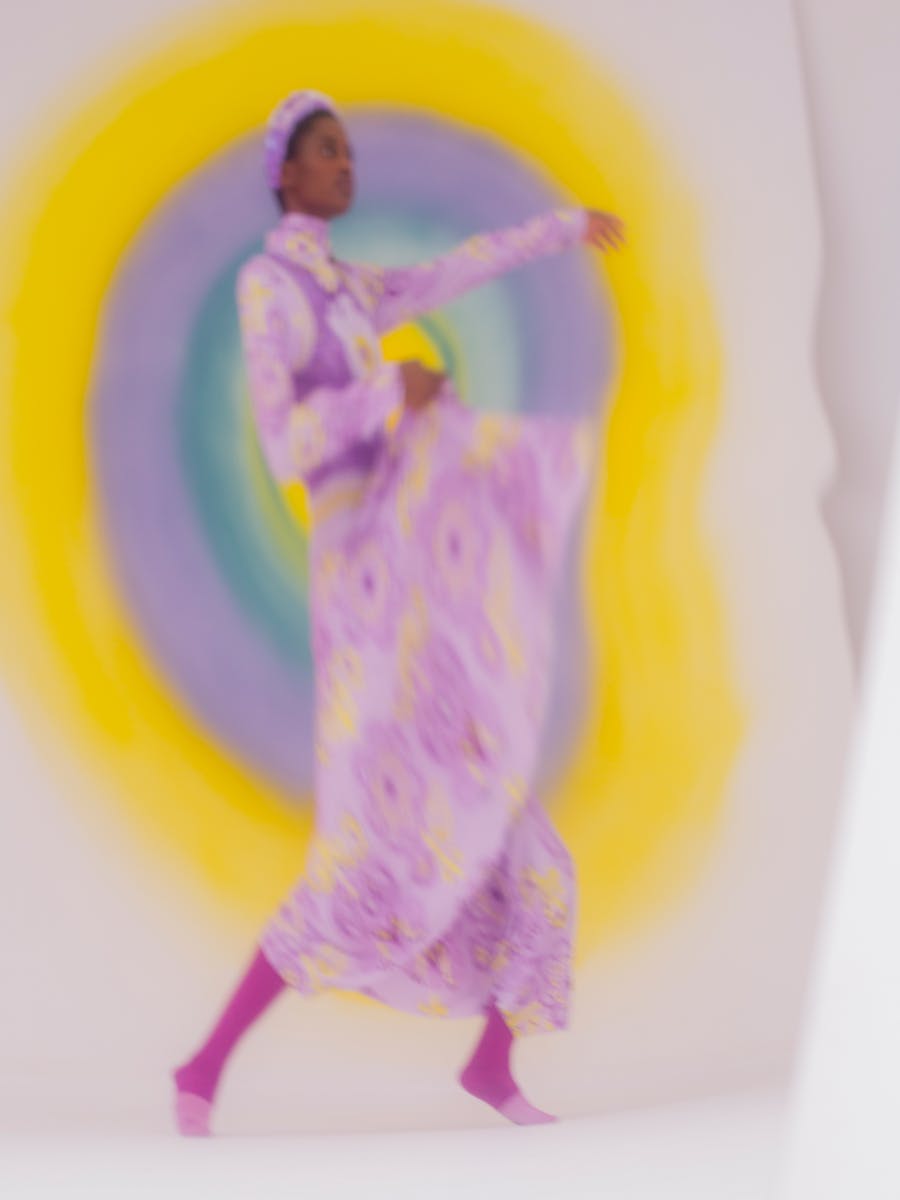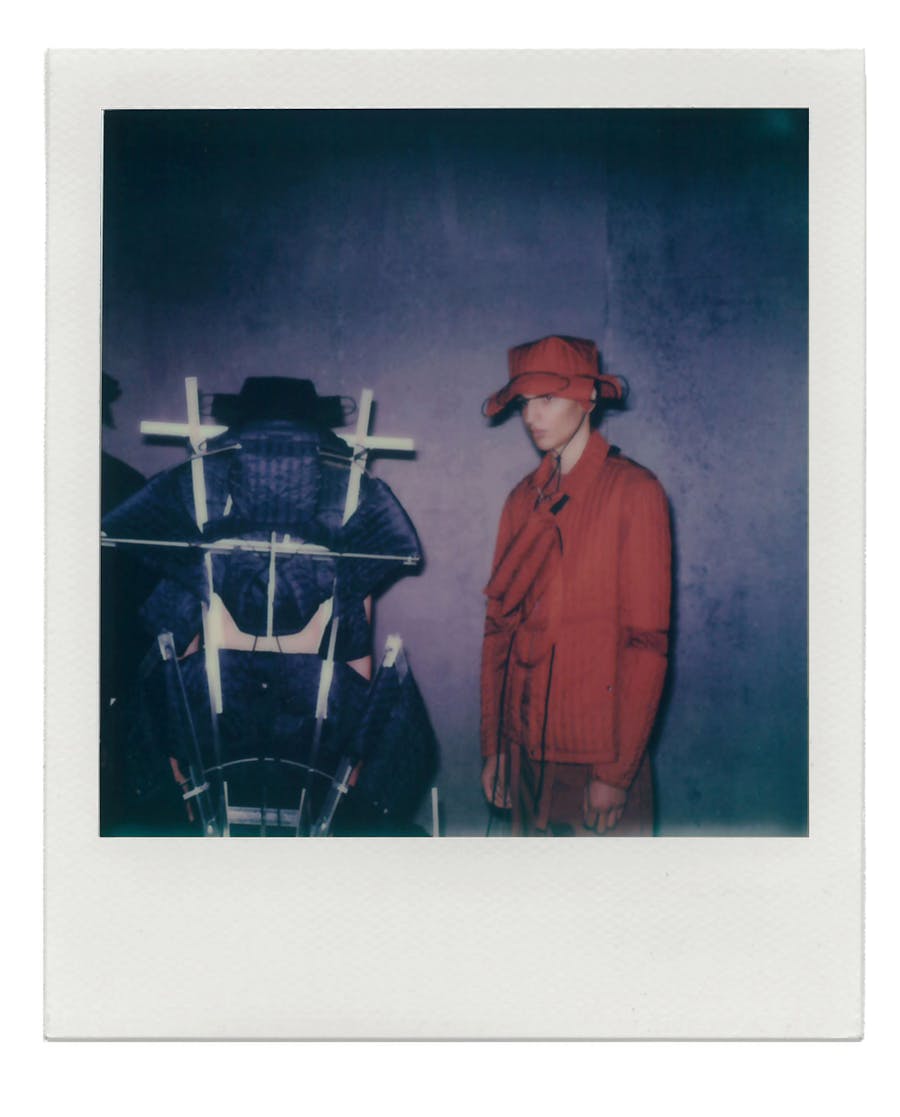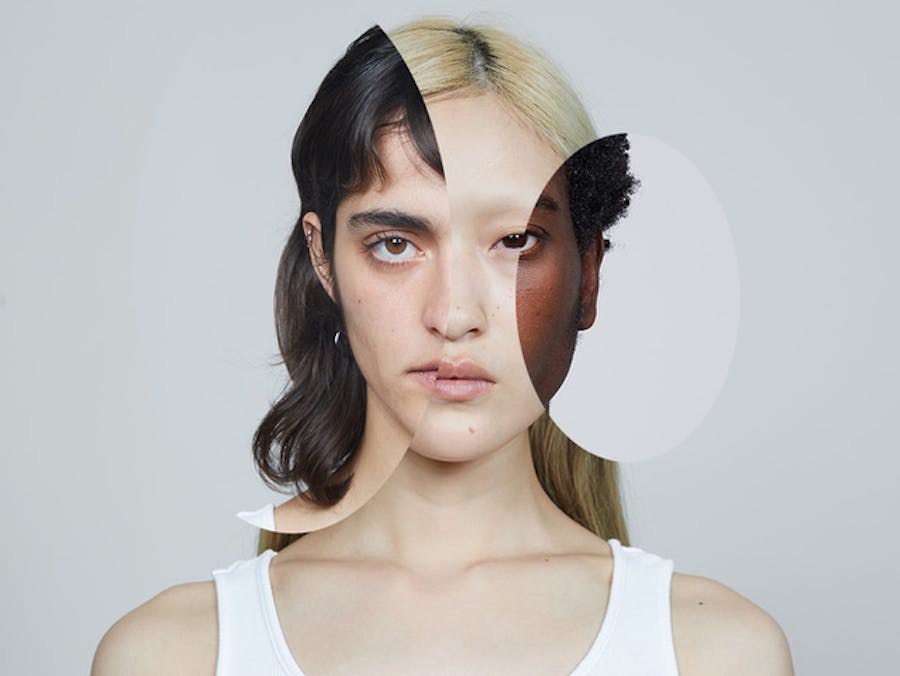Tearing through parents’ closests to play “dress up” is an eternal rite of passage for children, so it’s hard to imagine that in fact fashion museums, and even historical costume exhibitions, are a relatively recent invention which began little more than a century ago.
“Textile biographer, it’s a beautiful concept to tell someone’s story through their clothes, don’t you think?” asks Miren Arzalluz, Director of Paris’s Palais Galliera, the fashion museum of the city of Paris.
Arzalluz is on intimate terms with scores of wardrobes past. The collection in her care at Galliera includes about 200,000 pieces of clothing, accessories and documents relating to fashion, one of the largest in the world. In the early 20th century, Paris’s fledgling costume museum, even before it had a fixed location, began to attract donations. Many were from aristocratic Paris families eager to immortalize their best dressed ancestors by giving the sumptuous clothes they wore to weddings, balls and the races, to the museum.
The most recent donor is Countess Jacqueline de Ribes who personally handed over the contents of her haute couture-filled closet. This gift is another plum for Galliera, but it was not a sure thing. The Parisian grande dame collaborated on the 2015 show “Jacqueline de Ribes: The Art of Style,” at the Anna Wintour Costume Center, a museum within New York’s Metropolitan Museum of Art, but she still chose Galliera for her wardrobe’s permanent home. She follows in the footsteps of a long line of best dressed Parisians including Countess Greffulhe, one of Marcel Proust’s main inspirations for Oriane, Duchesse de Guermantes in In Search of Lost Time.
Imagining what someone was like by ogling their clothes in a dimly lit display, or transporting oneself back in time by fantasizing what it would feel like to wear them, is what people do in fashion museums. Fashion exhibitions provide a unique, voyeuristic thrill. Judging by recent attendance numbers at Galliera and other major museums including London’s Victoria and Albert and the Met, style euphoria is on the rise in cultural institutions all over the world.
“The notion of an extraordinary wardrobe, and the kind of woman who builds on it for decades, is becoming increasingly rare,” says Arzalluz. “This is something that’s disappearing. I mean who has the space today to do that? The individual pieces must be amazing, or there is no wardrobe. When you have a lot of not so interesting garments you don’t keep them.”
Arzalluz, 43, has one of the fashion museum world’s most coveted jobs. She joined Galliera in 2018 on the departure of Olivier Saillard, a fascinating one-of-a-kind curator who drew attention to the museum with each show he produced by innovating throughout : the choice of subjects, the display and his thoughts on the psychology behind clothes.
Galliera’s Les Ann es 50 (The 50s) in 2014 illustrated what Saillard characterizes as “the excessive femininity, imprisonment (those wasp waists and girdles) and voluptuous, erotic tailoring of a decade that began early in 1947 with Christian Dior’s post-war New Look”. For Jeanne Lanvin in 2015, he displayed clothes laid out flat in glass cases, a clever way to put less stress on delicate museum pieces, but also to evoke the slightly creepy excavation aspect of a fashion exhibition.
Arzalluz’s tenure at Galliera has had more than its fair share of frustration due to the museum’s repeated openings and closings for renovation and the pandemic. Satisfaction came with the first show under her direction. Gabrielle Chanel, Manifeste de Mode (Gabrielle Chanel, Fashion Manifesto) the largest show dedicated to Chanel to date, opened in autumn 2020, after France’s first lockdown delayed its initially planned spring 2020 launch. But the show, which coincided with the completion of the museum’s €10 million two-year renovation (doubling its exhibition space), shut again barely a month later for France’s second lockdown.
This stop-and-start situation put Arzalluz and her team into overdrive. “The Chanel show had 40,000 visitors in its first 28 days. But by 2021, we’d had the pieces for a year and despite the extraordinary measures taken (demounting some pieces to return them to temporary storage), inevitably by the time the museum reopened in May this year, some fragile pieces had to be replaced.”
If nothing else, the troubled period has offered Galliera’s team a crash course in crisis management. “We were forced to make decisions before we knew what the future would bring, and there were times we cancelled plans we’d made three days before. I’ve been moving the show schedule around the entire time. The pandemic has changed which exhibitions we will be able to put on over the next two to four years.”
Regarding Chanel (the exhibition was extended and closed in July), Arzalluz says she and V ronique Belloir the co-curator felt they had known so little about her before assembling the show. “As soon as we made the decision to look at Chanel through her work, not through her life we discovered how influential she was in her own time. Chanel came up with a radical alternative in dressing for women, not once, but twice in the 20th century (in the 1920s and when she made her comeback in 1954). She was so ahead of her time.”
One plan that hasn’t changed at Galliera is its transformation. Starting with the museum’s reopening in October, in addition to its twice yearly temporary shows in situ, and outside shows, there will be a permanent revolving exhibition on fashion history from the 18th century to the present day.
“There aren’t many permanent displays of fashion in museums today and now we know why,” says Arzalluz. Typically fashion exhibitions are up for no more than six months to give delicate pieces time to rest. “The rigorous rules covering how and when pieces can be shown require a constant rotation of the pieces on show and to do this a museum’s collection must be enriched to include replacements.”
Since it is virtually impossible to cover four centuries of fashion history in one show, Galliera’s permanent display will focus on “different histories of fashion with different points of view,” for each installation.
The first one in October covers fashion history as it overlaps with the museum’s own history. “As it’s the 100th anniversary of the first donation that we consider the founding collection of Galliera, we decided to look back to 1907 and the birth of La Société de l'Histoire du Costume (The Society of the History of Costume). It’s a collection made up of several collections from historical painters who collected previous century clothes to study for their art.” The Society’s founder was Maurice Leloir, a decorator, collector and historical painter, and the group included couturier Jacques Doucet. After staging a few shows, in 1920 the society turned over its collection to the city with the stipulation that it be used to start a fashion museum. It took a long time to find a permanent physical location, but the dream came true.
Asked what period in fashion seems the most euphoric to her, Arzalluz doesn’t hesitate: “The 1920s, it’s my favorite era, the period between the wars.” But historically, she notes, “a euphoric feeling of liberation in fashion and society always follows the real changes that begin much earlier.”
“To understand the 1920s,” says Arzalluz, “you have to look back to Paul Poiret, the couturier who dressed R jane in 1903, and with Madeleine Vionnet, banished corsets in 1906. He was very much linked to the artistic scene in Paris. So the social revolution followed art. It’s a bit like today. We’re feeling euphoric now because we’ve been liberated, but the ideas that are setting us free, the casual attitude in clothes, the sustainability and inclusivity, have been on our minds for a long time.”
